Can I Replace Run Flat Tires with Regular Tires? Ultimate guide
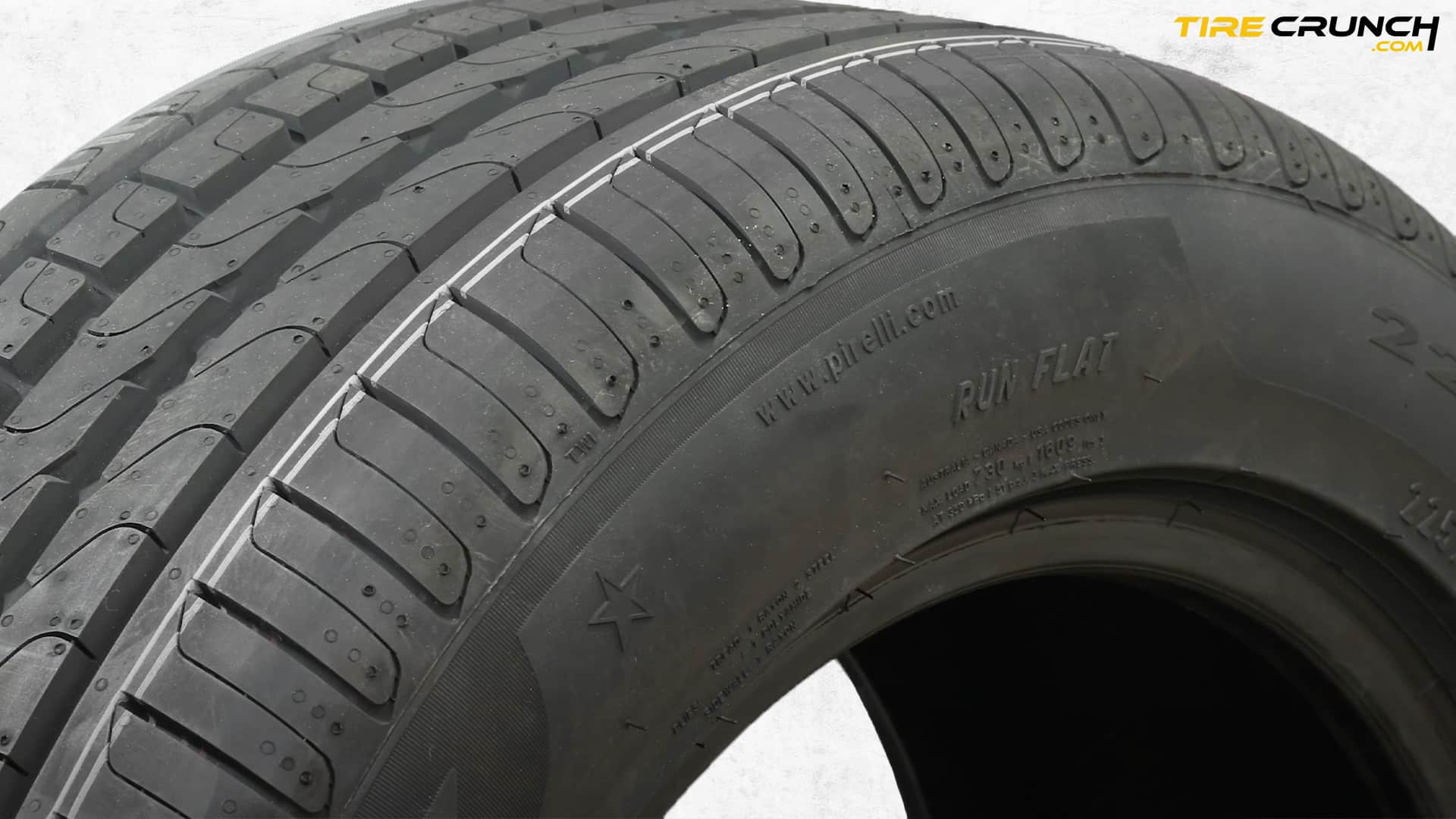
Our readers often ask us if it’s safe to swap their trusty Run Flat tires for regular ones. This inquiry usually comes from two distinct camps:
The first lot is sick of the pounding ride that leaves them with a rusty spine, and the second one just cannot stomach the hefty price tag of these tires.
So, we decided to write an exhaustive article that covers all the questions related to swapping Run Flat tires with regular tires and gives a definitive answer to the question “Can I replace Run Flat tires with regular tires?”
How do Run-Flat Tires work?
Run-Flat Tires come equipped with sturdier sidewalls that sustain your vehicle even if the tires go completely flat. Pretty amazing, isn’t it?
More so, Run Flat Tires feature specifically crafted beads that tightly grip onto the wheels’ rim, preventing the rubber from coming off even when there’s some loss of air pressure.
Built with sturdy heat-resistant rubber that reinforces the sidewalls, a punctured Run-Flat tire allows for a steady driving speed of up to 50 miles per hour while giving you just enough distance coverage at 50 miles.
So, Can I Replace Run Flat Tires with Regular Tires?
The answer is yes, you can surely swap out the factory-installed run-flats with regular tires, assuming they are the same size as your current tires.
There are a couple of things that you should keep in mind though:
Most probably your car is not fitted with a spare
If your vehicle rolled out of the factory equipped with Run Flat tires, chances are you don’t have a spare tire in your car! In case of a flat, the Run Flat tires are in charge to provide the extra mobility needed, letting you travel to a secure place or an area to get them fixed.
Therefore… if you decide to swap them out for regular tires, at the time of a flat tire, you’re essentially left stranded!
You still have some options on the table though:
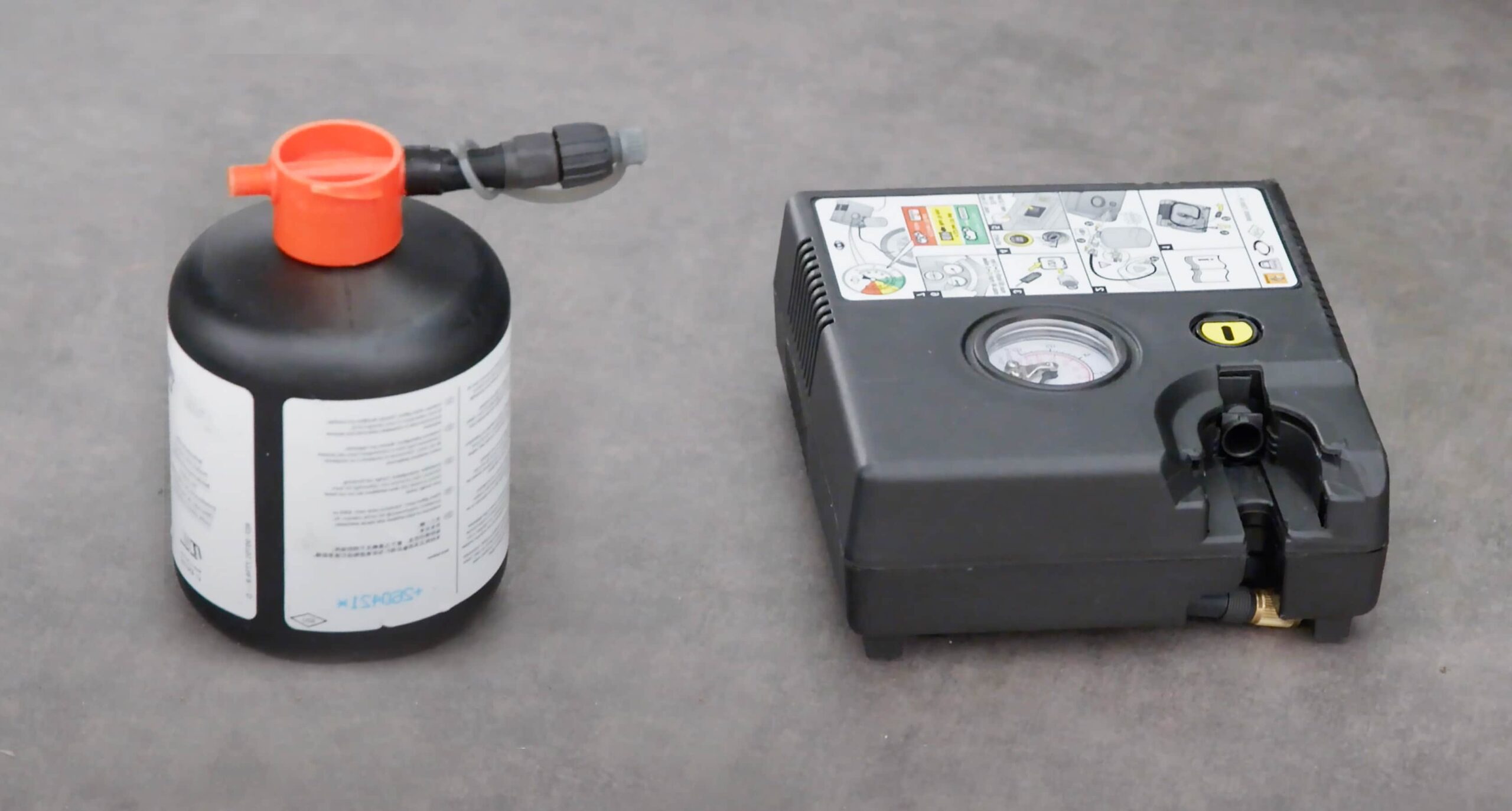
You are sacrificing ease and safety
If you go ahead and replace your Run-Flat Tires, say bye to the luxury of not having to switch out tires or wait for the emergency repair service in the middle of nowhere, during a torrid rainstorm, or when darkness creeps up on you.
You might Encounter Insurance issues
Some may say that switching out your Run-Flat Tires for ordinary ones will not impact your insurance coverage, but we highly recommend letting your insurance provider know about the tire modification nonetheless. Simply ask if this alteration will influence the nitty-gritty of your policy so you can tread with caution.
You might Encounter Warranty problems
Extending from the previous matter, if your prized vehicle is still under warranty with the manufacturer, it’s best to get in touch with them first and foremost. Confirm whether or not swapping out Run-Flat Tires and replacing them with regular ones will comply with the terms of your vehicle warranty.
You have to change all tires at once
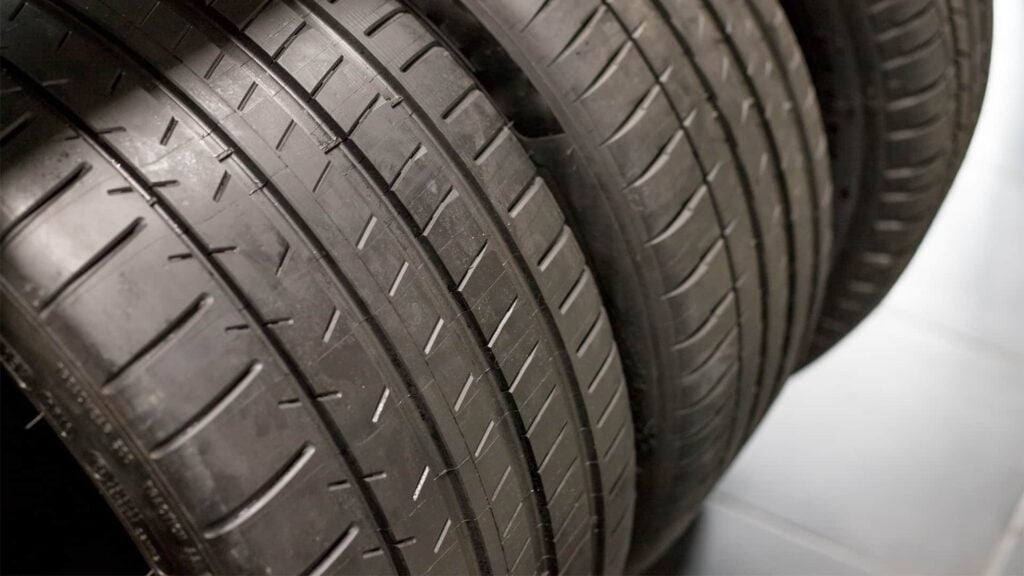
Run-Flat Tires and ordinary ones are completely different critters with their own set of strengths. Blending or mismatching them could jeopardize both: your safety and performance.
Think of driving around tight corners or stabbing the brakes when half of your tires are stiffer than the other half. Not only would this stump your handling abilities, but it’s also likely to cause uneven wear on each tire thread over time.
you Will Feel A Slightly Different Handling
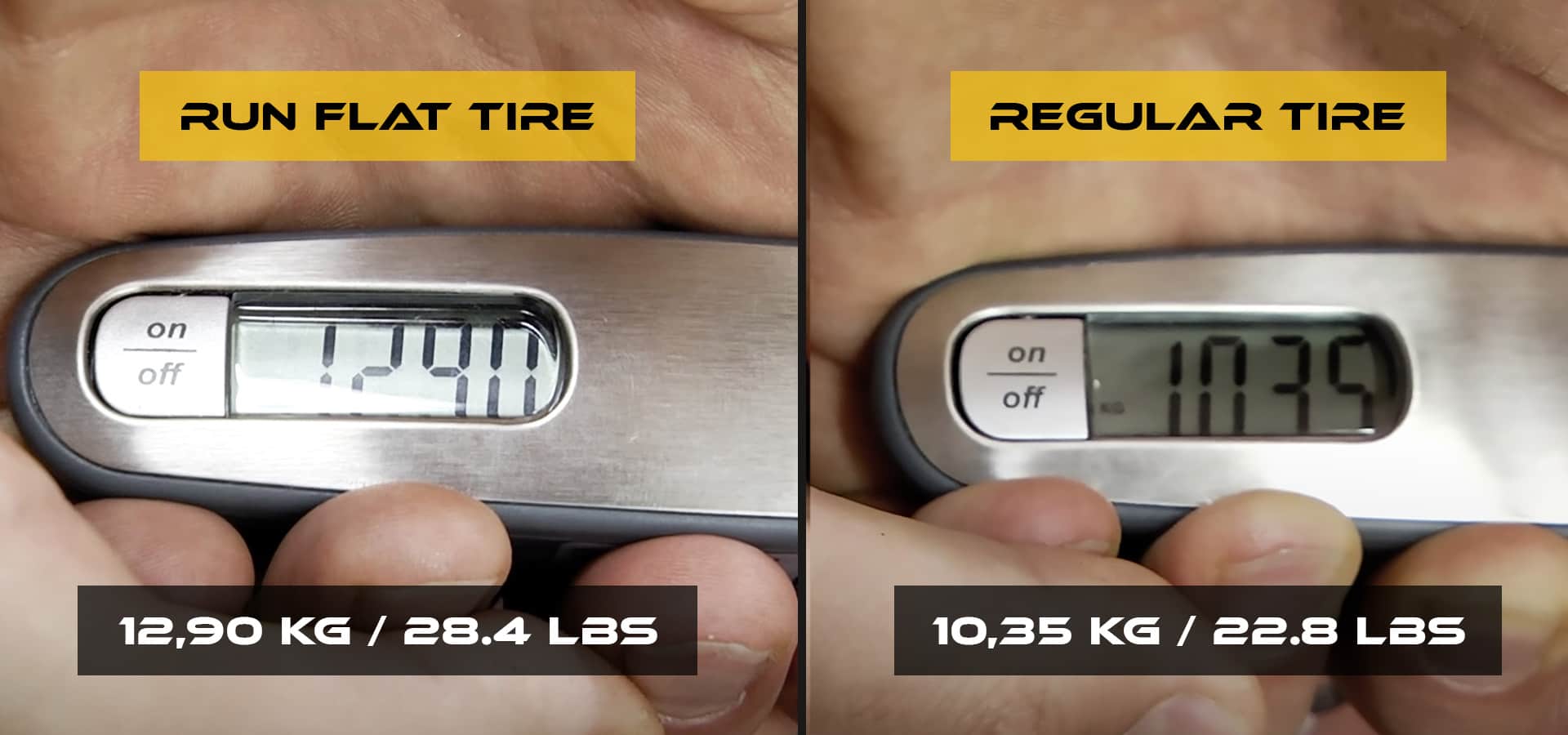
Run Flat Tires weigh more, and hence, increase the maximum unsprung weight of your vehicle. Swapping out Run Flats with conventional tires will bring on a difference (not necessarily on the bad side) in how your car behaves overall while driving around.
And What About Replacing Regular Tire With Runflats?
Just in case you’re pondering whether it is plausible to retrofit Run Flat Tires to a car that did not have them installed from the start, let us put those thoughts to rest once and for all. The answer is a resounding NO!
Why, you ask? Well, the wheel that supports a Run Flat tire is a bit different from a regular wheel: it has ridges to ‘lock’ the Run Flat tire in place.
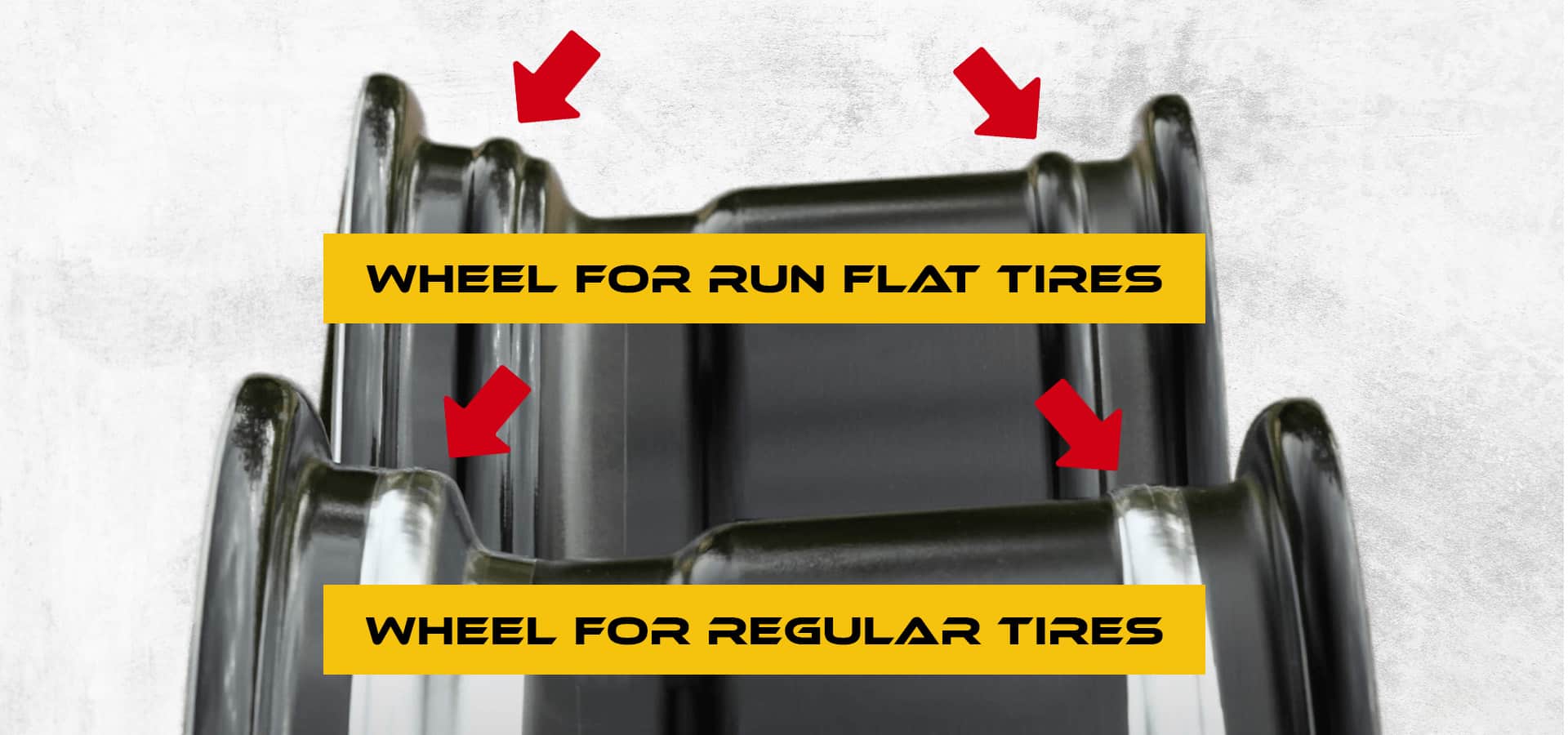
Apart from this, you would also need a foolproof TPMS (Tyre Pressure Monitoring System) to manage your Run-Flat Tires too. Without TPMS, there’s no way for you to detect any tire punctures which can prove dangerous when your car zooms at high speeds.
Cons Of Replacing Run-Flat Tires With Regular Tires
Convenience
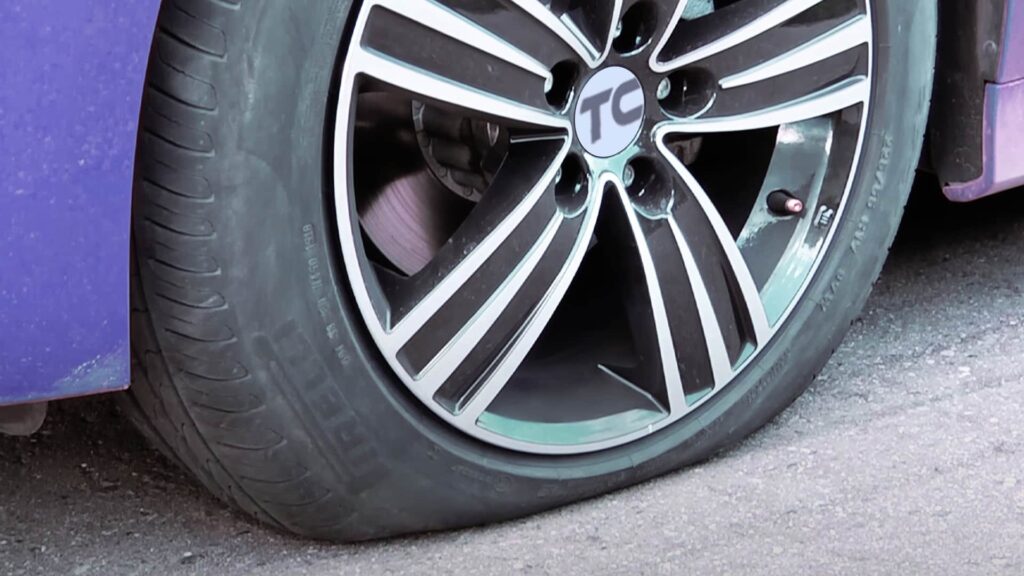
Run-Flat Tires give you an added sense of security compared to regular tires when punctured. The reason is that these sturdy tires come with strengthened sidewalls that provide sustained support for long distances until you safely arrive at your nearest repair shop – while regular ones do not offer this feature.
Safer handling if you get a puncture
Run-Flat Tires continue working optimally post-puncture as they do not budge from their flattened position. Therefore your ride roughly stays in sync with normal driving patterns without impacting your safety or that of other motorists.
No Spare Tire
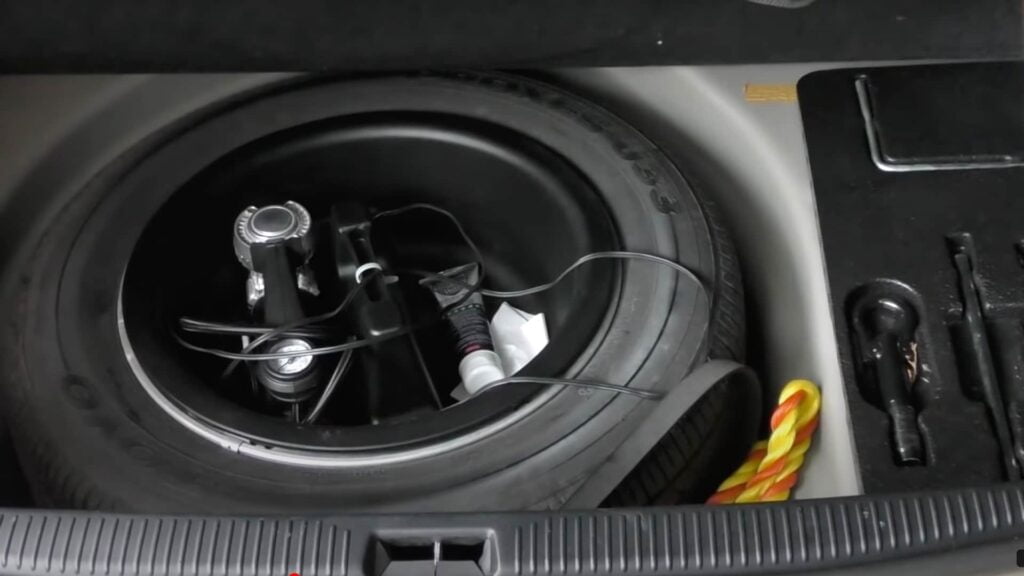
As previously mentioned, most cars fitted with Run-Flat Tyres lack a spare tire, so you will enjoy more room in the trunks for carrying luggage and road-trip essentials – plus all the extra goods like man’s best friend!
Pros Of Replacing Run-Flat Tires With Regular Tires
Costs of Run Flat Tires
Of course, top-notch tire technology doesn’t come cheap. Prices of Run-Flat Tires run up to 35% – 100% higher than a typical set of standard tires.
For instance, the popular Continental brand charges about $110 to $200 per tire for a 2015 BMW 335i. In comparison, its Run-Flat counterparts range from $250 up to $350 respectively.
Run Flat tires Are Noiser and Stiffer
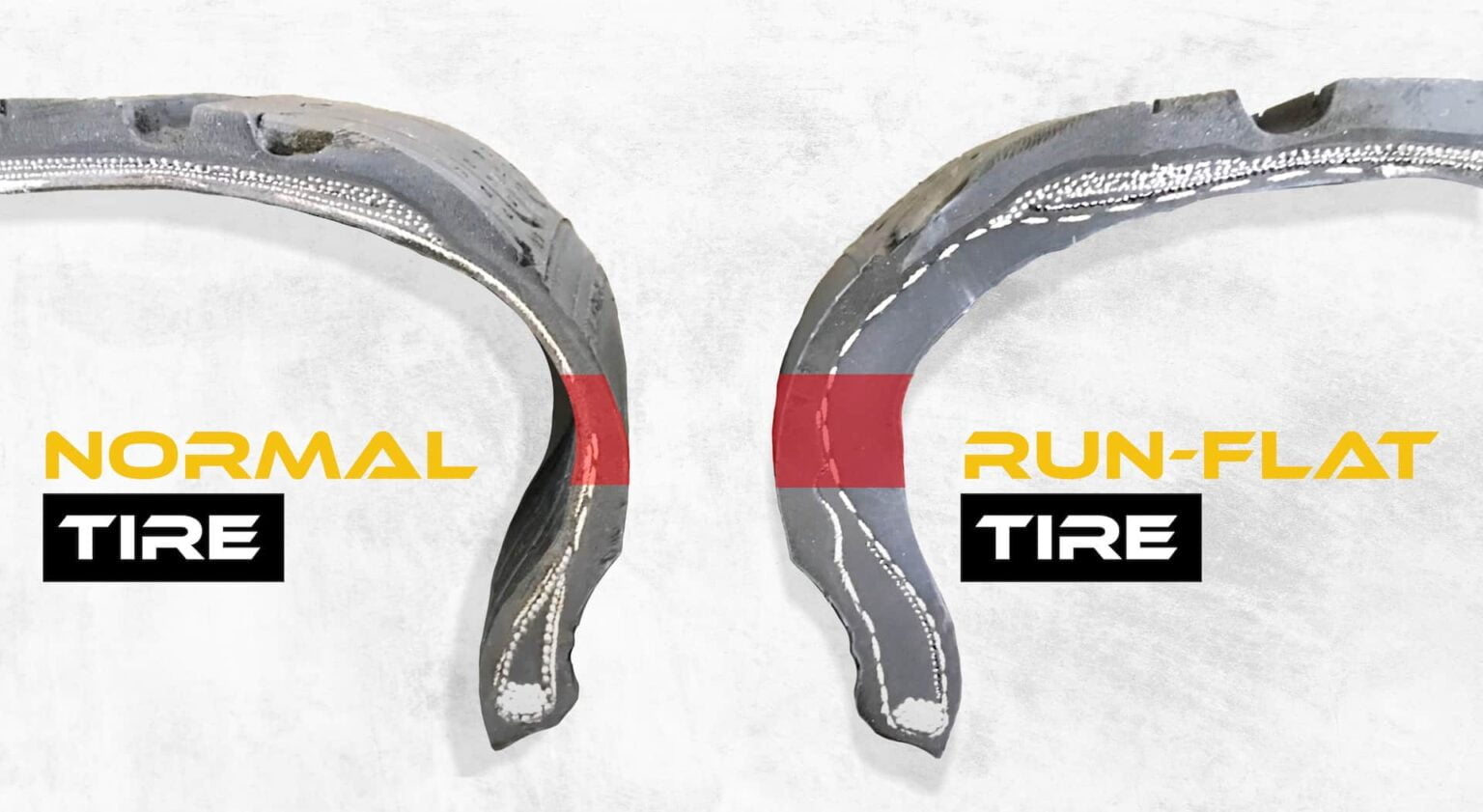
Since Run Flat tires are built with stiffer sidewalls, some select drivers may find them jarring or noisy while cruising around.
Run Flat tires Last less
On top of that, Run Flat tires require a sooner replacement as they generally wear out quicker than their regular counterparts – approximately every 6,000 miles by average calculations.
Run Flat tires Are Not always repairable
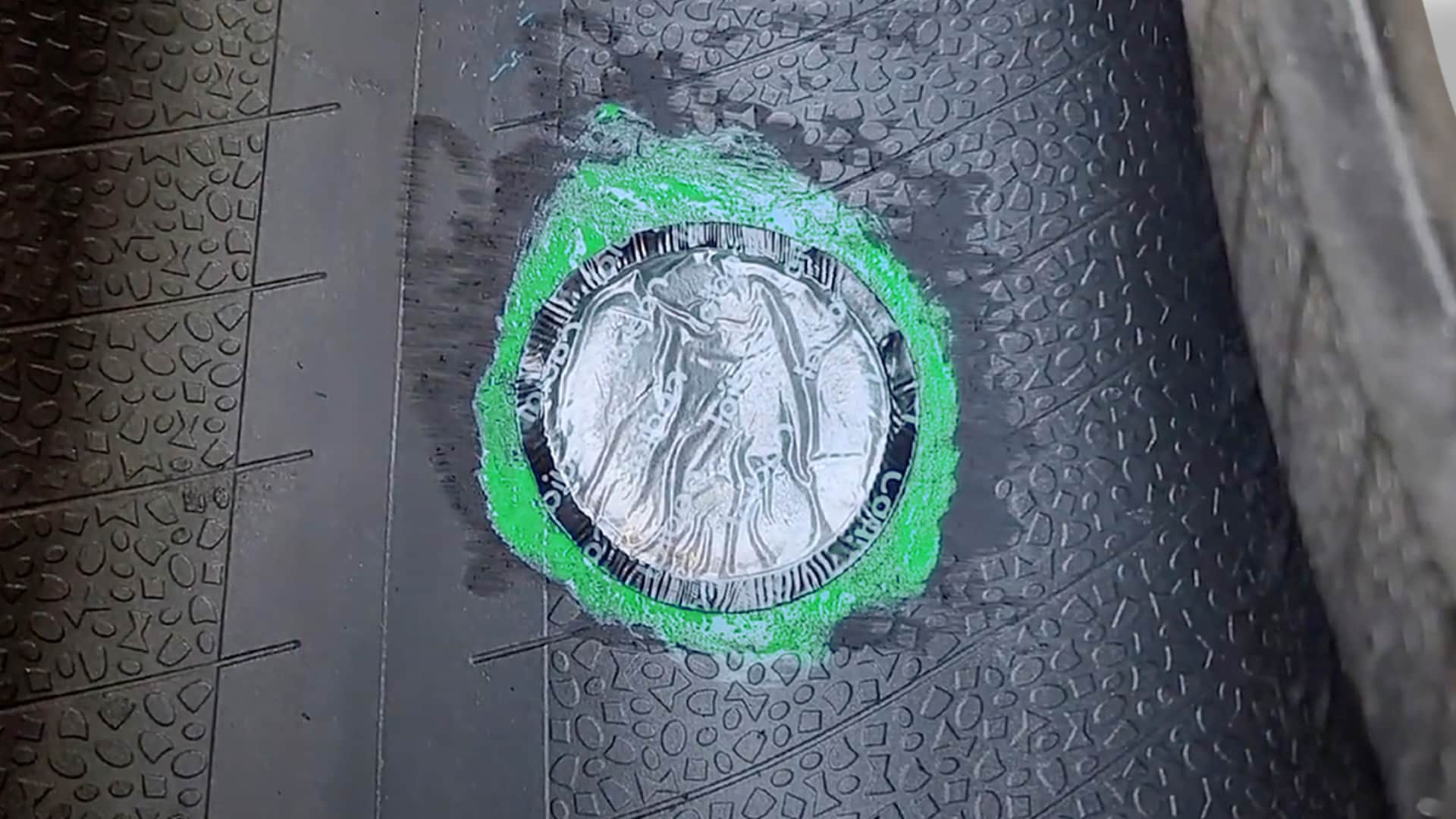
Most tire manufacturers allow repairing Run Flat tires as long as the inflation pressure did not go below 15 psi and there are no signs of abrasions, separation, or wrinkles on the interior.
On the other hand, some manufacturers like Pirelli do not recommend repairing run-flat tires as it is difficult to determine the extent of damage caused by driving with a flat tire. Thus it is better to replace the tire.
Driving any distance on a flat Run Flat tire can damage the internal construction of the tire. It’s a common misperception that Run Flat tires can be driven flat and still be usable. You’re most likely looking at buying a new tire whenever you drive on a tire with zero air in it.
No Spare Tire
A lack of a spare tire can be seen as a positive due to the added trunk space or weight savings, but it can also present a significant disadvantage in certain situations.
In case of a complete breakdown of your Run Flat tire (like sidewall damage or god forbid a blowout), the lack of a spare tire can undoubtedly leave you stranded.
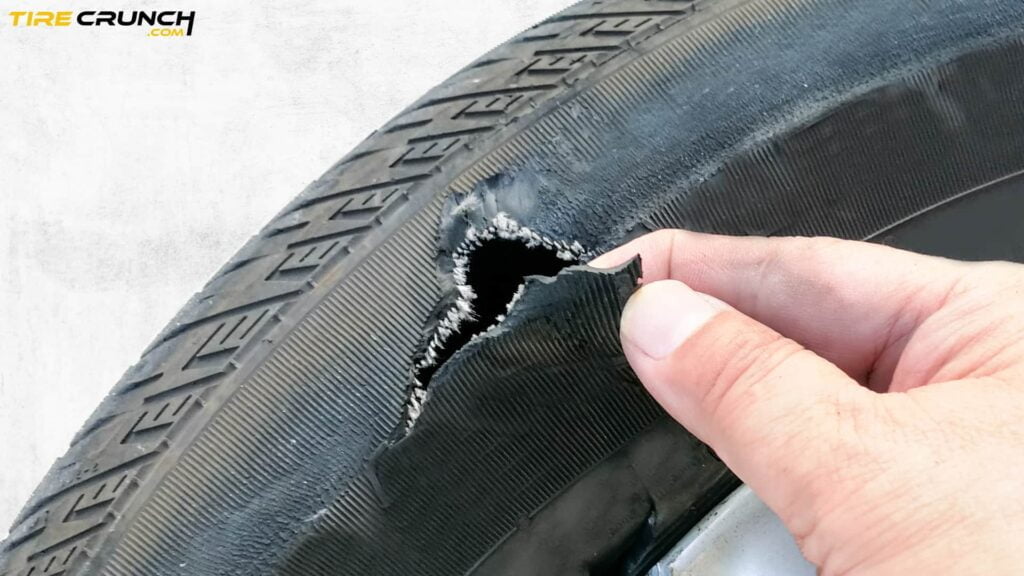
Run Flat tires Are Not Always Readily Available

Finding a Run-Flat Tire off-the-shelf could prove more challenging than a typical tire. The lesser demand for such specialized tires means it’s unlikely to walk in any tire shop and find them readily available.
While larger metropolitan areas will have most of them in stock, if you’re cruising on an extended road trip and are caught flat-footed (literally) with a damaged run-flat tire near a small town, prepare yourself for the worst.
How to Recognize Run-Flat Tires?
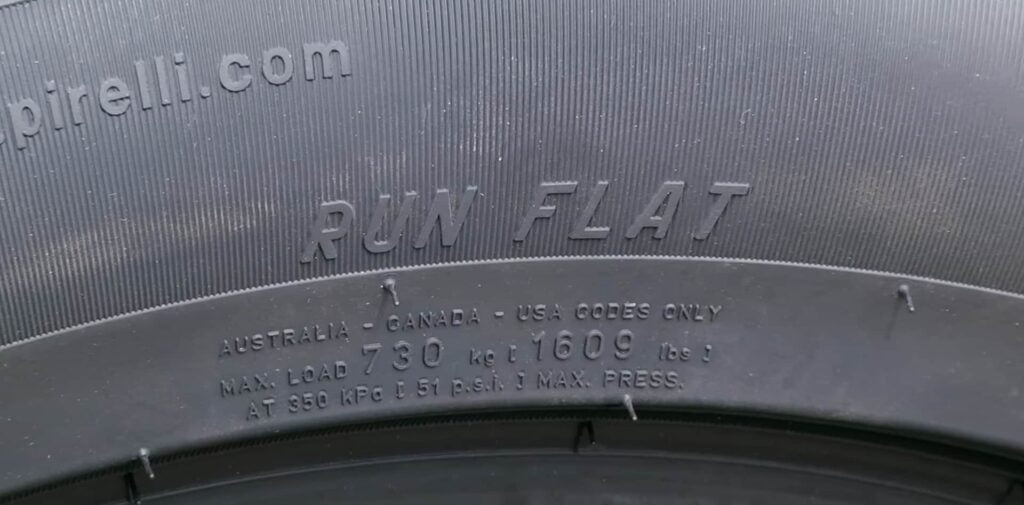
If your tires have been marked with one of the following codes, then you can confidently assume they are run-flat tires:
Can I mix Run-Flat Tires with Conventional Tires?
Just as you wouldn’t drive around with one winter tire coupled with three summer tires, the same goes for mixing different types of tires. So, it might not be the best decision to combine Run-Flat Tires and conventional ones. Unless of course, stuck in an emergency or temporarily.
Bridgestone, a leading tire manufacturer warns that matching conventional tires with their run-flat counterparts is a strict no-no. Conventional rubber doesn’t have Run-Flat capabilities and this causes an imbalance in handling.
If there is positively no alternate solution besides resorting to such a mismatched pair – verify that you scour through the replacement’s tire size, load capacity, and speed rating specifications – making sure they satisfy the requirements of your vehicle. Then get hold of the appropriate type of tire as soon as feasibly possible.
